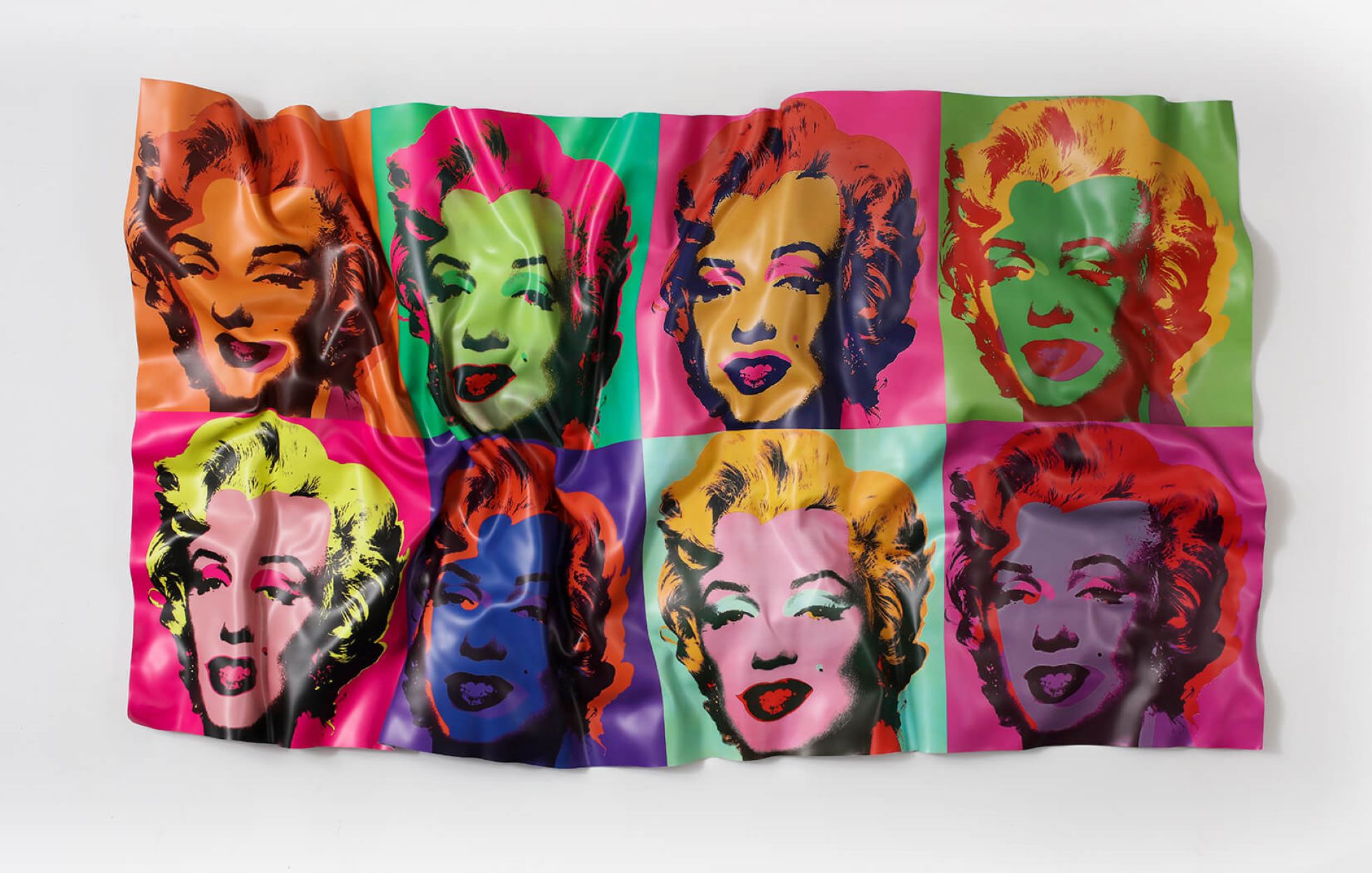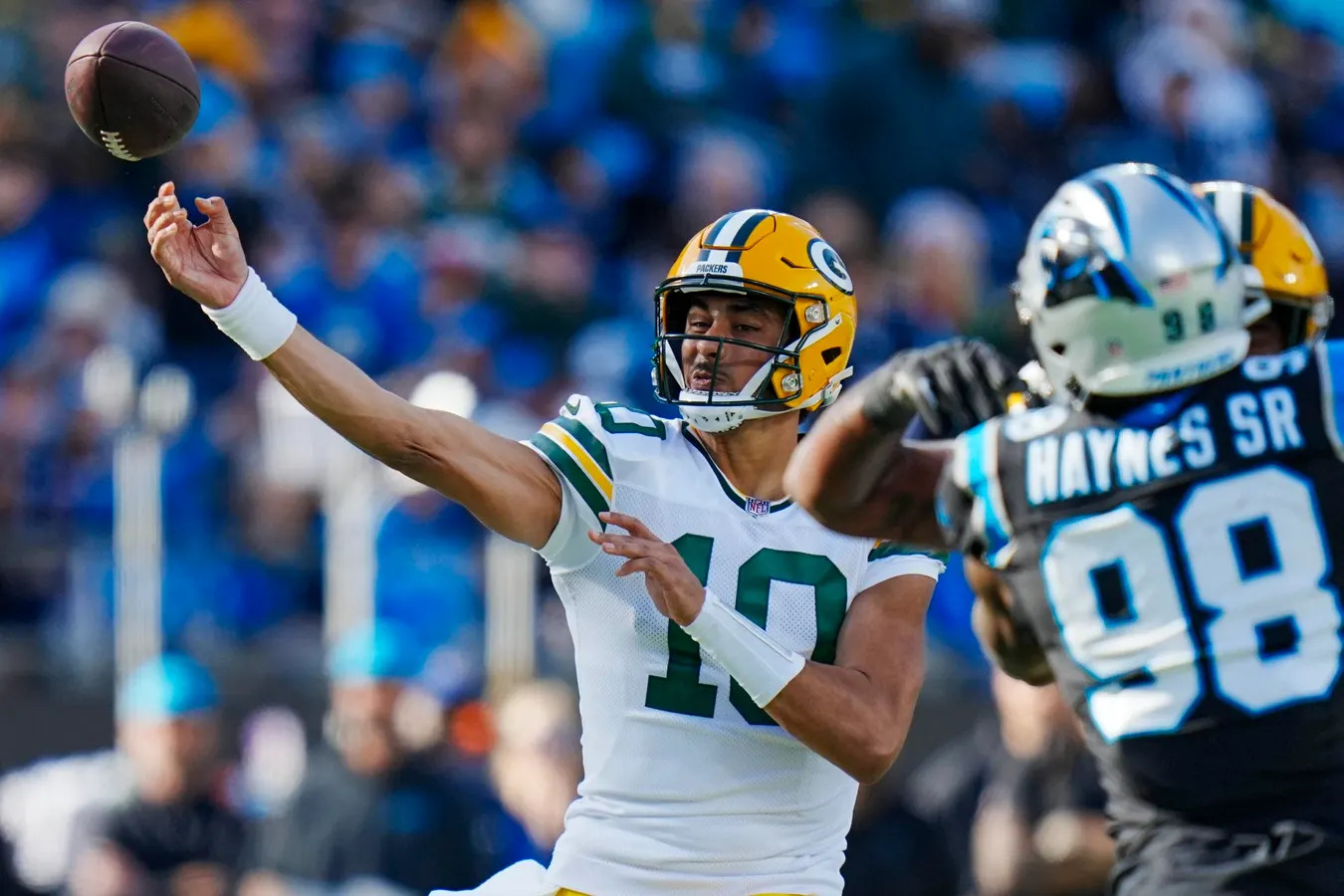
Pop art is a fascinating artistic movement that emerged in the mid-1950s, challenging traditional notions of art and revolutionizing the way we think about popular culture. Inspired by the post-war consumer boom and the rise of mass media, pop art celebrated everyday objects, celebrities, and advertising imagery, giving them a new significance and elevating them to the realm of high art.
In this article, we will delve into the world of pop art and explore 18 fun facts that shed light on this vibrant and influential art movement. From its origins and key artists to its impact on popular culture, there is much to discover about the captivating world of pop art. So, buckle up and get ready for an exciting journey through the colorful and dynamic world of pop art.
Key Takeaways:
- Pop Art emerged in the 1950s, challenging traditional art and celebrating everyday objects, influencing fashion, music, and design, and blurring the lines between high and low culture.
- Pop Art, with its vibrant colors and bold imagery, remains influential in contemporary art, questioning traditional notions of originality and authenticity while reflecting American popular culture.
Pop Art emerged in the 1950s.
During the vibrant era of the 1950s, Pop Art burst onto the art scene, challenging traditional notions of art and embracing popular culture to create a new artistic movement.
The term “Pop Art” was coined by British critic Lawrence Alloway in 1958.
Lawrence Alloway, a prominent British art critic, used the term “Pop Art” to describe the movement that celebrated mass-produced consumer goods and popular culture.
The iconic artist Andy Warhol is synonymous with Pop Art.
Andy Warhol, one of the most influential figures in Pop Art, created masterpieces that depicted famous personalities, everyday objects, and the mass media, solidifying his status as a Pop Art legend.
Roy Lichtenstein’s comic book-inspired artworks are a hallmark of Pop Art.
Roy Lichtenstein’s bold and colorful paintings, inspired by comic book aesthetics, became iconic symbols of the Pop Art movement, capturing the attention and imagination of art enthusiasts worldwide.
Pop Art celebrated ordinary and mundane objects.
One of the central ideas of Pop Art was to elevate everyday objects and transform them into art, challenging the traditional notion of what can be considered artistic.
Pop Art embraced mass production and commercialism.
Pop Art actively embraced the concepts of mass production and consumerism, drawing inspiration from advertising, product packaging, and popular culture icons.
Pop Art emerged as a reaction against abstract expressionism.
During the dominance of abstract expressionism in the art world, Pop Art emerged as a sharp contrast, choosing to celebrate the familiar and the recognizable instead of abstract concepts.
Pop Art blurred the boundaries between high and low culture.
By incorporating elements of popular culture into fine art, Pop Art challenged the traditional hierarchy of what is considered high or low culture, making art accessible to a wider audience.
Claes Oldenburg created oversized sculptures of everyday objects.
Claes Oldenburg’s larger-than-life sculptures of ordinary objects, such as hamburgers and typewriters, added an element of whimsy and playfulness to the Pop Art movement.
Pop Art influenced fashion, music, and design.
The impact of Pop Art extended beyond the art world and influenced various other creative fields, including fashion, music, graphic design, and interior design.
The Marilyn Monroe portrait by Andy Warhol is an iconic Pop Art masterpiece.
Andy Warhol’s vibrant and repeated portraits of Marilyn Monroe became one of the most recognizable and iconic images of both the artist and the Pop Art movement as a whole.
Pop Art challenged the notion of originality and authenticity in art.
By adopting mass-produced imagery and using various printmaking techniques, Pop Art questioned traditional standards of originality and authenticity in art creation.
Peter Blake co-created the famous album cover for The Beatles’ “Sgt. Pepper’s Lonely Hearts Club Band.”
Peter Blake, a renowned Pop Art artist, collaborated with the legendary band The Beatles to design the iconic album cover that perfectly captured the essence of the Pop Art movement.
Pop Art found inspiration in the imagery of popular advertising.
Pop Art artists often incorporated and reimagined familiar advertising images to critique consumer culture and explore the influence of mass media on society.
Pop Art challenged the notion of what can be considered art.
With its bold and unconventional approach, Pop Art pushed the boundaries of traditional art forms and mediums, expanding the definition of what can be regarded as art.
Pop Art artists used vibrant colors and bold, exaggerated forms.
Pop Art is characterized by its use of vibrant and eye-catching colors, along with exaggerated forms and simplified imagery, creating visually striking artworks.
Pop Art celebrated American popular culture.
With its origins in the United States, Pop Art became an artistic expression of American popular culture, reflecting the country’s fascination with consumerism and media.
Pop Art remains influential and relevant in contemporary art.
Even after several decades, the impact of Pop Art can still be felt in the art world, with many contemporary artists drawing inspiration from its bold aesthetics and reflection of popular culture.
Conclusion
Pop art is a vibrant and exciting art movement that emerged in the 1950s and continues to be influential today. From its origins in the post-war consumer culture to its celebration of popular culture and mass media, pop art has captivated audiences around the world. These 18 fun facts about pop art offer a glimpse into the fascinating world of this iconic art movement. Whether it’s learning about the famous artists who defined pop art or discovering the unique techniques used, there is no shortage of interesting tidbits to explore. So next time you encounter a pop art piece, you’ll have a deeper appreciation for its historical significance and the creative genius behind it.
FAQs
1. What is pop art?
Pop art is an art movement that emerged in the 1950s and gained popularity in the 1960s. It is characterized by its use of imagery and techniques from popular culture, media, and advertising.
2. Who are some famous pop art artists?
Some famous pop art artists include Andy Warhol, Roy Lichtenstein, and Claes Oldenburg.
3. What are the key characteristics of pop art?
Key characteristics of pop art include the use of bold and vibrant colors, the incorporation of popular and everyday objects, the reproduction of images through screen printing or other mechanical processes, and a sense of irony and critique of consumer culture.
4. How did pop art challenge traditional notions of art?
Pop art challenged traditional notions of art by blurring the lines between high and low culture and embracing mass-produced and commercial imagery and techniques.
5. How has pop art influenced contemporary art?
Pop art has had a profound influence on contemporary art, shaping the use of popular culture references, the exploration of consumerism, and the blending of different artistic mediums.
Pop Art's influence continues to resonate in today's art world, inspiring artists and enthusiasts alike. If you're intrigued by the bold and iconic style of Pop Art, why not explore the works of Patrick Nagel, known for his sleek and stylized portraits? For a glimpse into the vibrant life of a Pop Art muse, delve into the extraordinary facts about Jane Holzer. And if you're curious about contemporary Pop Art, don't miss the chance to discover the colorful and whimsical creations of Romero Britto.
Was this page helpful?
Our commitment to delivering trustworthy and engaging content is at the heart of what we do. Each fact on our site is contributed by real users like you, bringing a wealth of diverse insights and information. To ensure the highest standards of accuracy and reliability, our dedicated editors meticulously review each submission. This process guarantees that the facts we share are not only fascinating but also credible. Trust in our commitment to quality and authenticity as you explore and learn with us.


